Tuvalu is a tiny nation in the South Pacific, halfway between Hawaii and Australia. Its three islands and six atolls are home to fewer than twelve thousand people, making it one of the smallest countries in the world. It’s also one of the least visited. Few planes land at the lone airport, constructed by the U.S. military during World War II. Because the airport takes up 30 percent of the country’s arable land, people often gather on the runway for pig roasts and other social activities. During spring high tides, salt water seeps up from the ground and pools on the tarmac.
Tuvalu is in danger of disappearing due to sea-level rise. The ocean around it is rising about one inch every five years, twice the global average. It’s estimated that an eight- to sixteen-inch increase will be enough to make the country uninhabitable. Decreasing rainfall, also due to climate change, has devastated agriculture on the islands. But Tuvalu’s government insists the people there do not want to be seen as victims; they are determined to fight for their survival. Tuvalu has set itself a goal of zero carbon emissions by 2025 and has been active in United Nations climate-change negotiations, calling global inaction on the issue “an infringement of our fundamental rights to nationality and statehood.”
When photographer Forest Woodward traveled to Tuvalu in 2016 with his brother, Canyon, he found a place that was experiencing the effects of climate change firsthand. He also found a place where sunscreen and ATMs are unknown, “where the most curious and wide-eyed children you have ever met run free, dive for fish, climb for coconuts, and ask, ‘What is the United States?’ ”
This is Tuvalu.
— Ed.
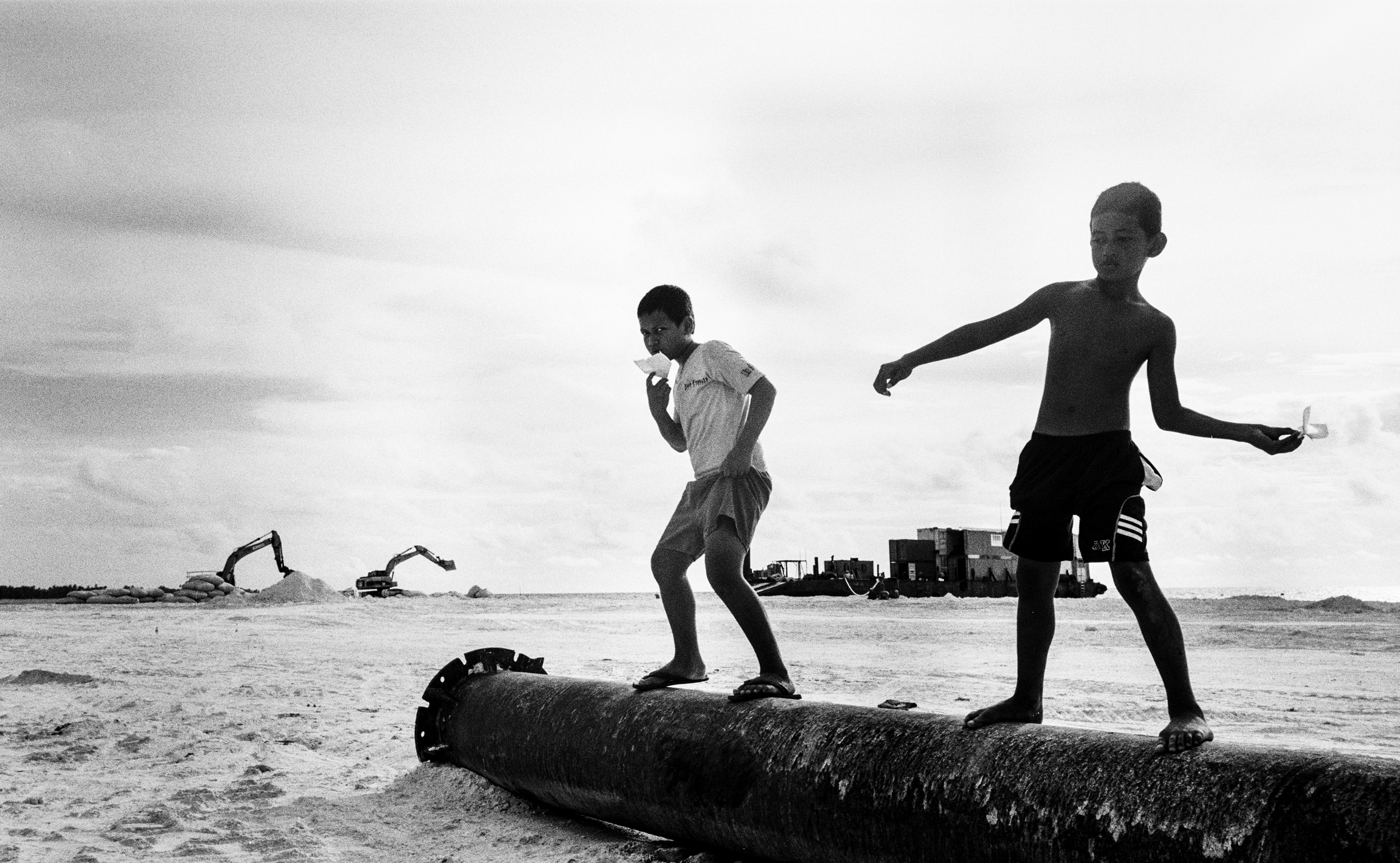
Two boys fly paper airplanes amid construction debris near the lagoon on the main island of Funafuti. In the background excavators work to reinforce and expand the beach.
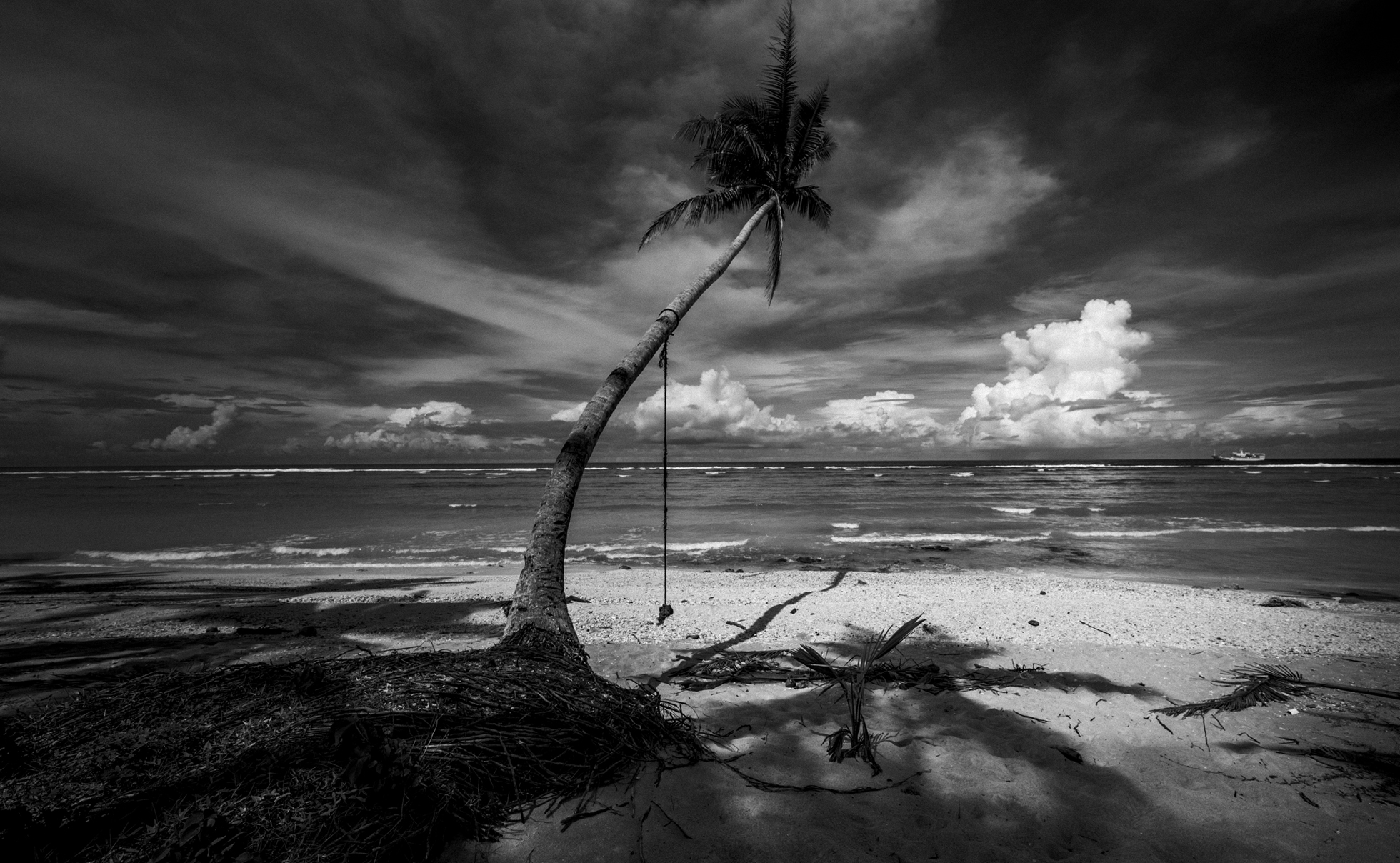
A rope swing on Nui, one of Tuvalu’s outer islands. The only way to reach Nui is to book passage on a ship that delivers supplies and passengers once every four to six weeks.
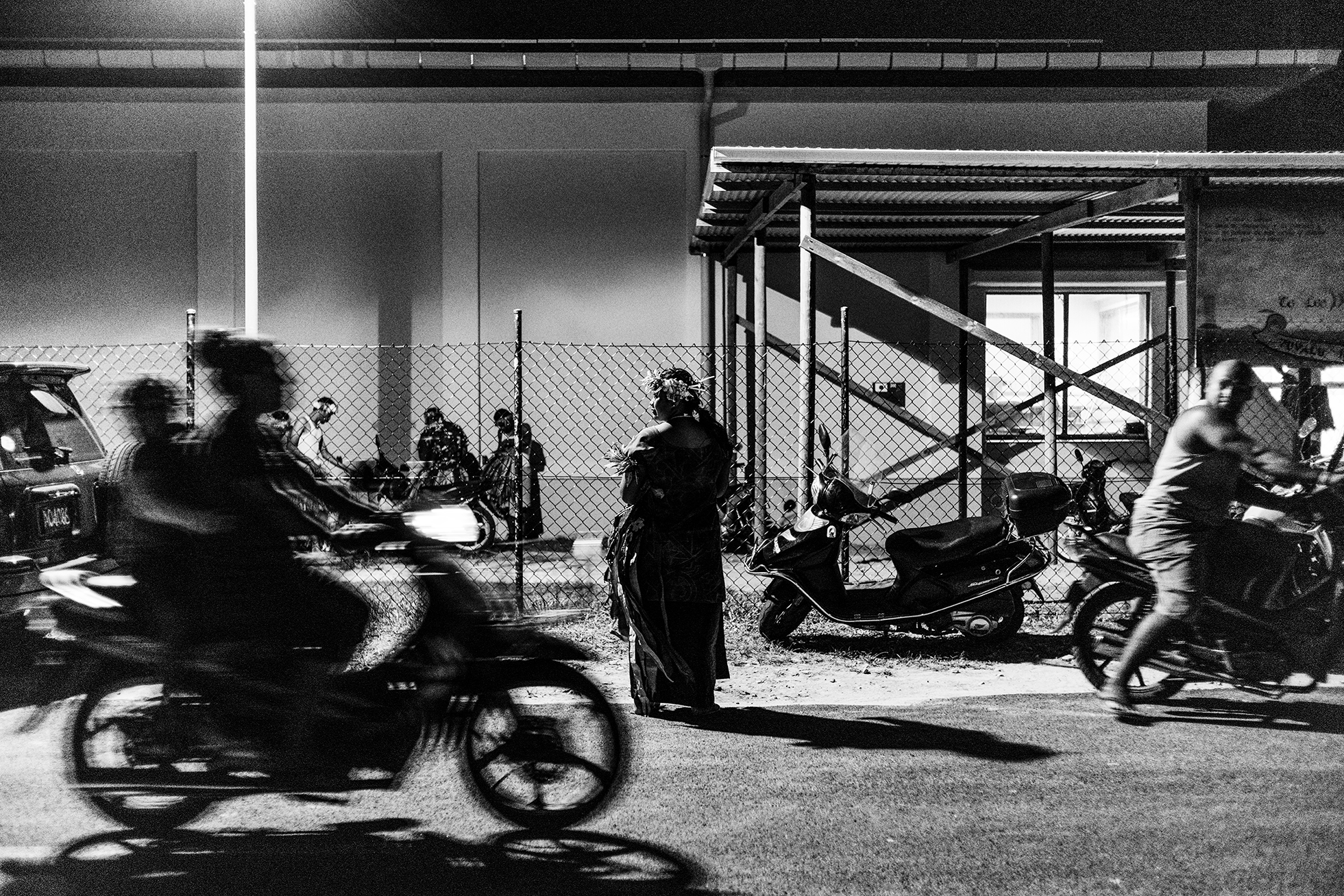
Tuvaluans heading home on foot and by moped after an evening of celebration and feasting during Easter in the capital, Funafuti.
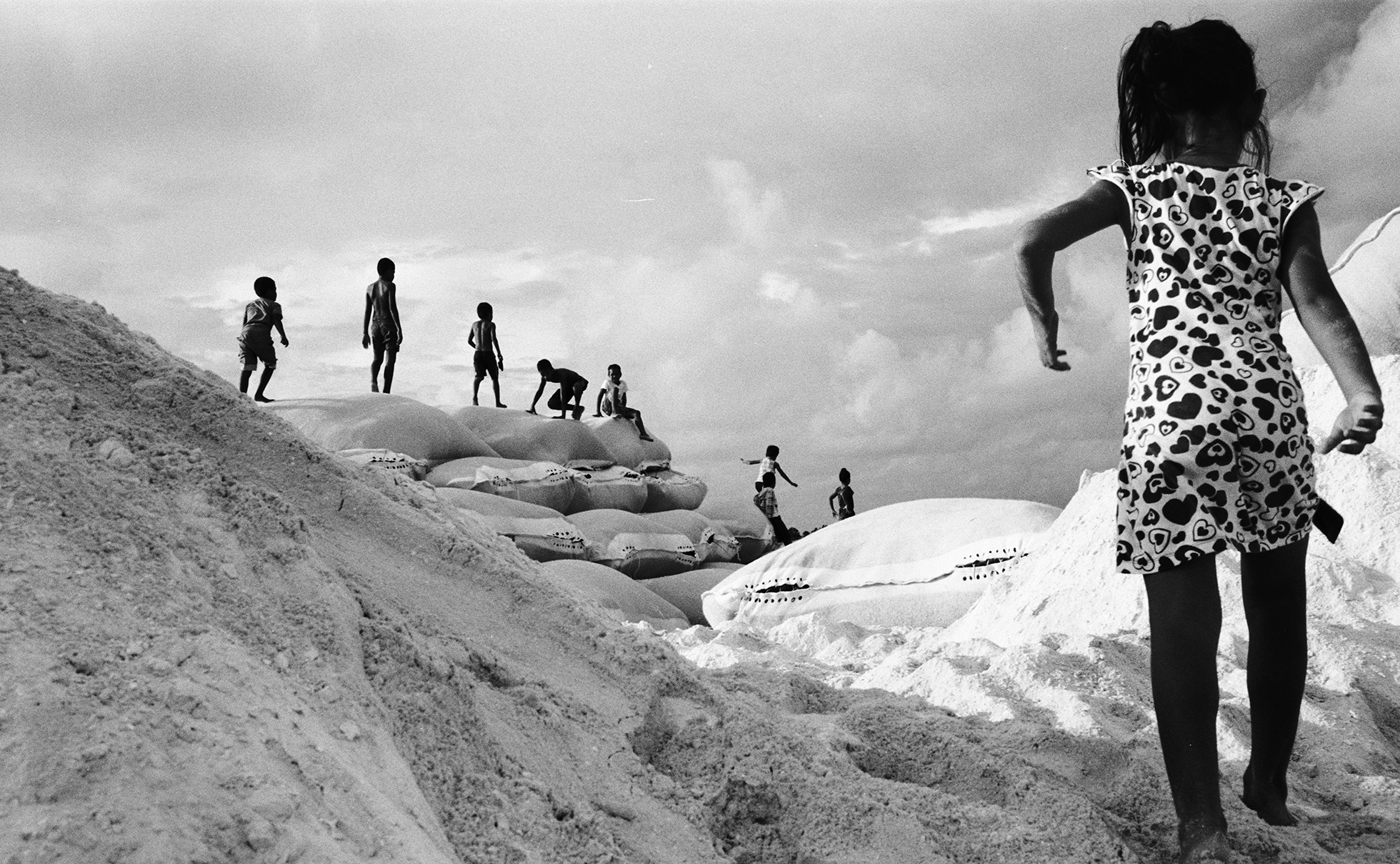
Children play on the piles of sand dredged from the Funafuti lagoon. The sand is used to reinforce the eroding beach in front of government buildings in the capital. With a peak about twenty feet above sea level, the sand piles are the highest point in the country.
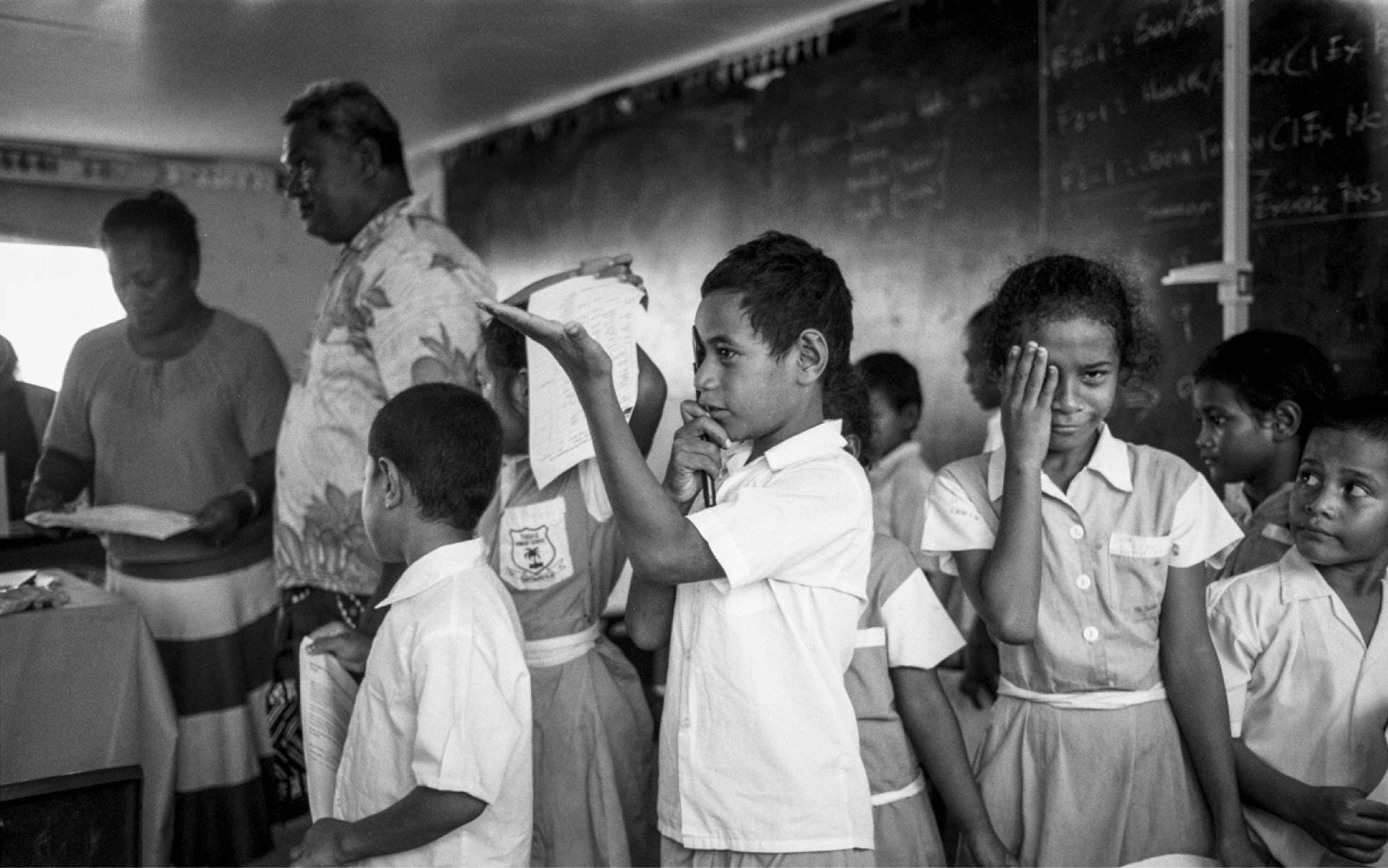
Children at the local school on Nui undergo eye exams. The exams are conducted by a foreign aid organization that visits the island every few years.
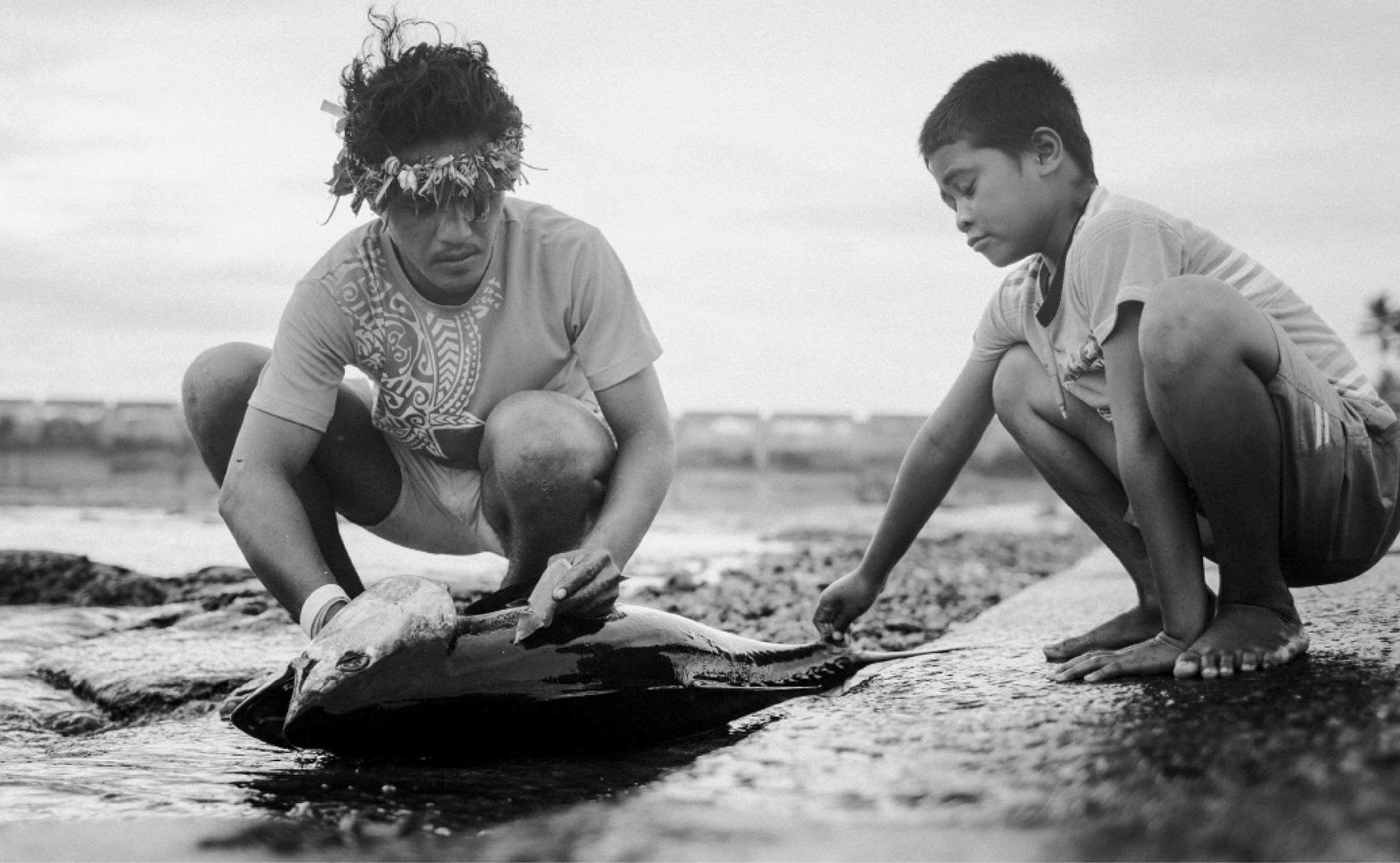
With help from a young boy, a fisherman cleans the day’s catch at a wharf on Vaitupu, one of Tuvalu’s six coral atolls. In recent years the sale of fishing rights to foreign companies has led to a drastic decline in local fishing.
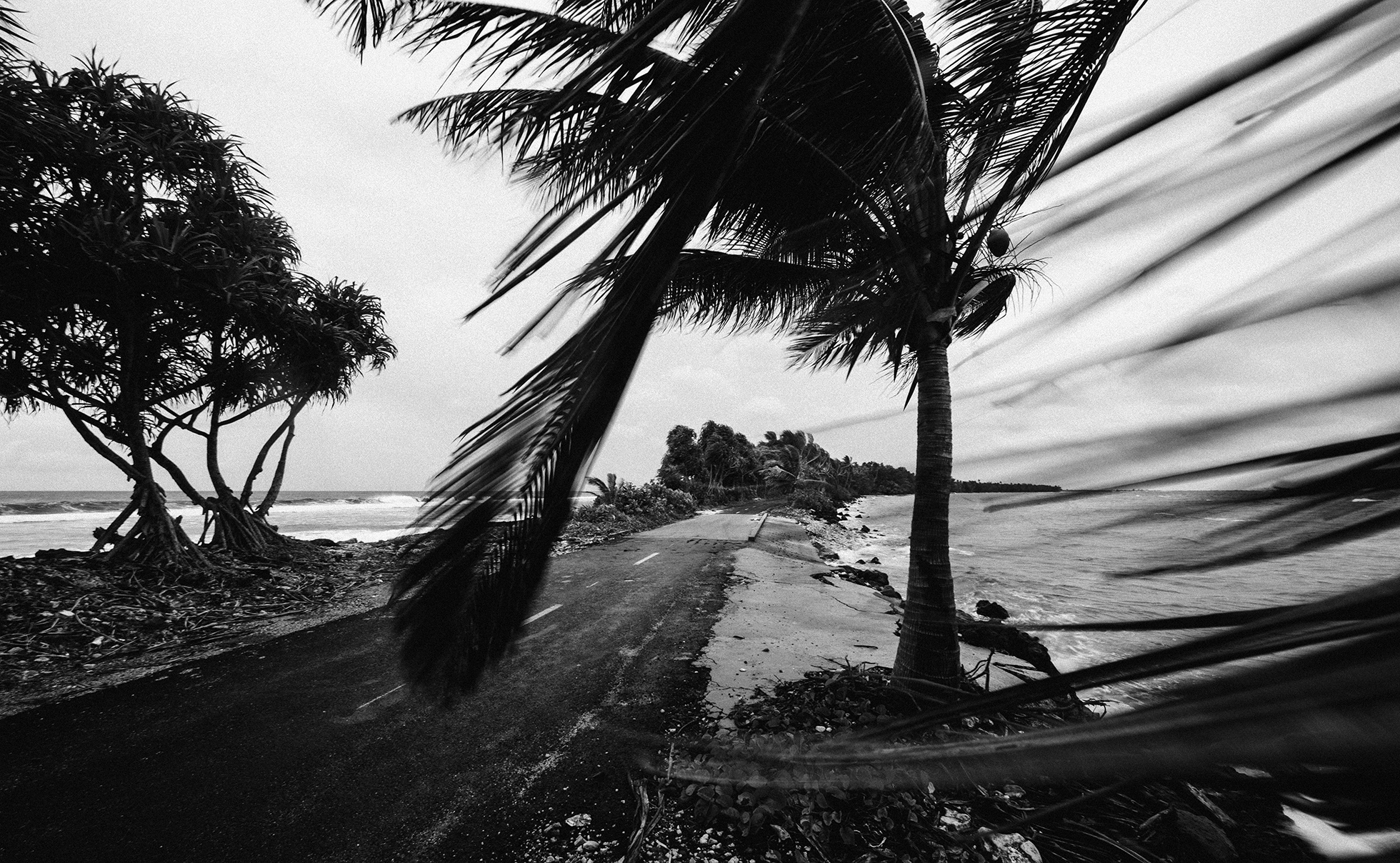
A fragile strip of land separates the Funafuti lagoon from the Pacific Ocean.
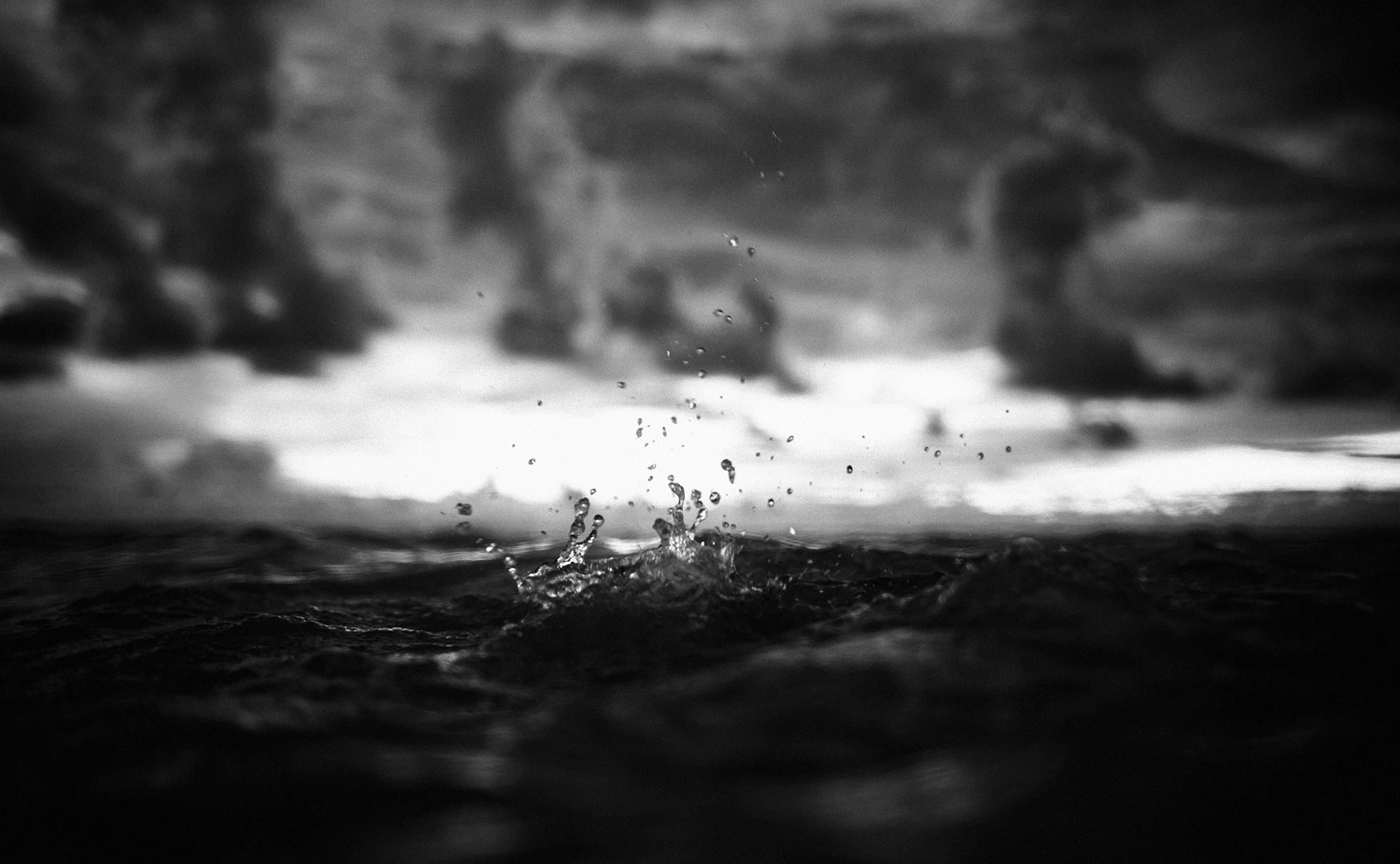
A splash at dusk as one of the local children dives beneath the surface of the lagoon.





